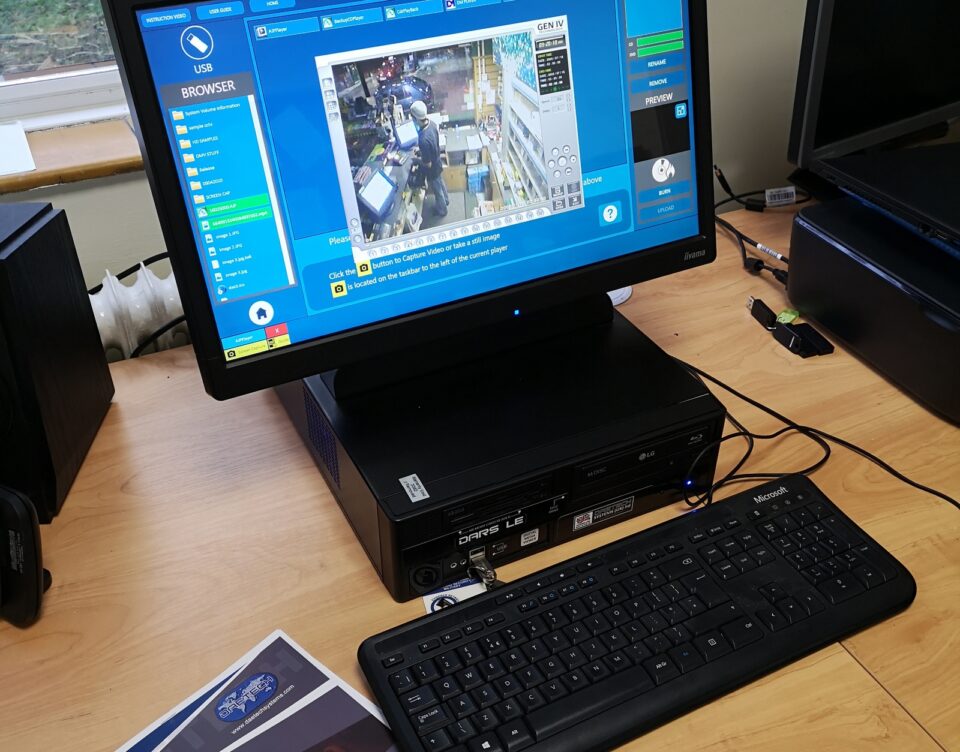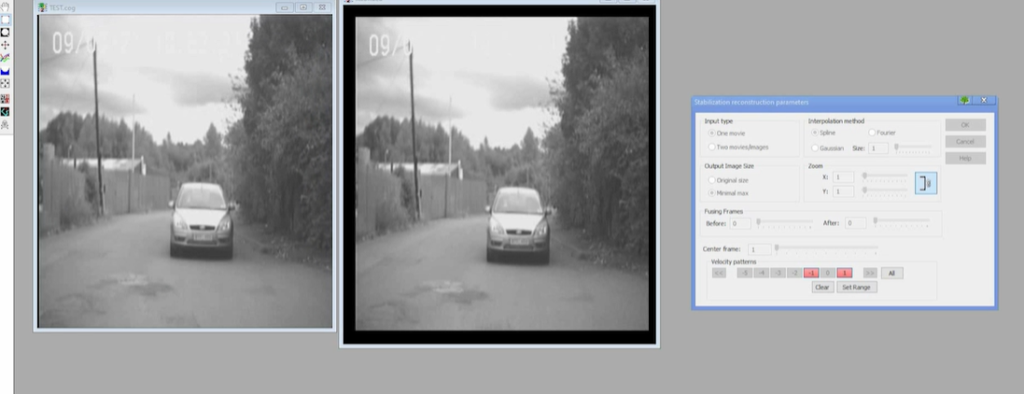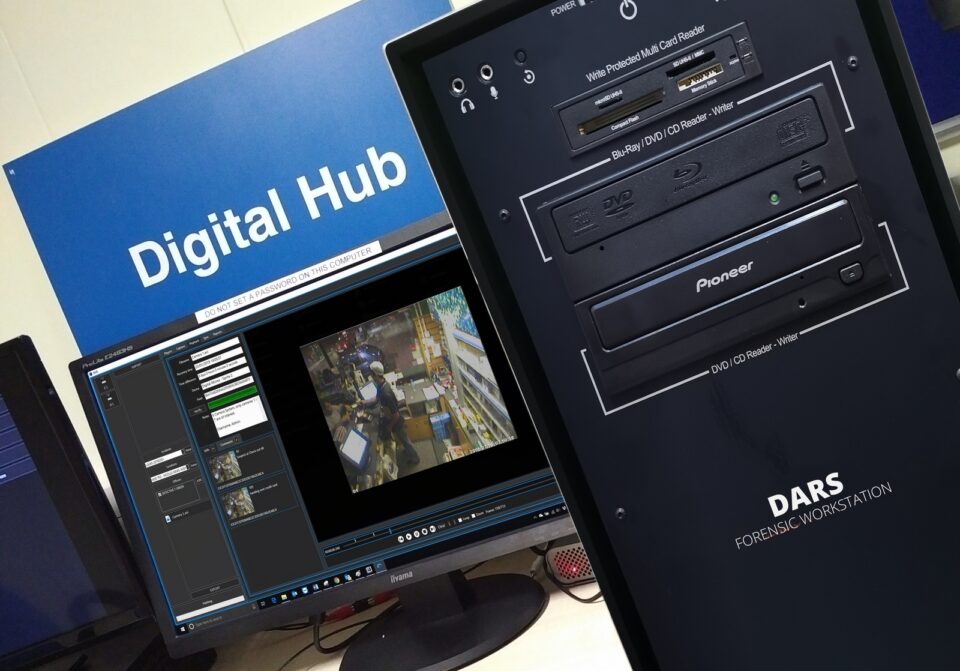In today’s digital era, technology plays an unprecedentedly crucial role in law enforcement. As crimes evolve and become more intricately organized, agencies must adapt by embracing sophisticated solutions to effectively gather and analyze evidence. Among the array of tools available to law enforcement agencies, the DARS range of processing engines emerges alongside advancements in forensic computer technology and the burgeoning field of photogrammetry. Together, these technologies are advancing progress in evidence retrieval, processing, and analysis, thereby enhancing the capabilities of agencies across the United Kingdom.
The Power of DARS: Unleashing Capability
The DARS range of processing engines is specifically designed to tackle the challenges posed by the rapid proliferation of closed-circuit television (CCTV) and Digital Multimedia Evidence (DME). These solutions empower agencies to efficiently playback, process, capture, and analyze vast amounts of digital evidence. What distinguishes DARS is its steadfast commitment to forensically sound procedures and practices, ensuring that all gathered evidence is admissible in court and withstands legal scrutiny.
Forensic Computers: The Backbone of Digital Investigations
In conjunction with DARS, forensic computers play a pivotal role in digital investigations. These specialized systems are equipped with powerful hardware and software capabilities tailored to the unique demands of forensic analysis. Forensic computers enable investigators to extract, preserve, and analyze data from a wide array of digital devices, including computers, smartphones, and storage media. By leveraging forensic computer technology, agencies can uncover crucial evidence, such as deleted files, encrypted data, and metadata, crucial for constructing robust cases.

Embracing the Potential of Photogrammetry
In recent years, photogrammetry has emerged as a valuable tool within the forensic toolkit. This technique involves precise measurement of objects and scenes using photographs or digital images. By analyzing the geometric properties of these images, investigators can reconstruct crime scenes, map trajectories of projectiles, and create accurate 3D models for analysis. Photogrammetry offers agencies a new dimension in evidence collection and reconstruction, providing unparalleled insights into complex cases.
Advancing Investigations Through Integration
The integration of DARS, forensic computers, and photogrammetry represents a pivotal moment in the evolution of digital forensics and investigative practices. By harnessing the capabilities of these technologies collectively, agencies can streamline the evidence-collection process, expedite analysis, and derive actionable intelligence more efficiently than ever before. Furthermore, the synergy between these tools enhances the overall accuracy and reliability of investigative findings, bolstering prosecutorial outcomes and ensuring justice prevails.
Case Study: Demonstrating Impact
To illustrate the transformative power of these technologies, let’s consider a hypothetical case involving cybercrime investigation. Law enforcement agencies tasked with apprehending cybercriminals responsible for large-scale data breaches are inundated with terabytes of digital evidence, including CCTV footage, seized computers, and mobile devices. By deploying DARS processing engines, forensic computers, and photogrammetry techniques, investigators can efficiently process the vast volume of data, extract relevant information, and reconstruct the sequence of events leading to the breach. The integration of these technologies enables investigators to identify perpetrators, trace their digital footprints, and compile irrefutable evidence for prosecution. As a result, justice is swiftly served, and the integrity of the investigative process is upheld.

Conclusion: Embracing Innovation for Enhanced Justice
In conclusion, the convergence of DARS, forensic computers, and photogrammetry marks a significant milestone in the advancement of digital forensics and investigative practices in the United Kingdom. By harnessing the power of these technologies, law enforcement agencies can navigate the complexities of the digital landscape with confidence, uncovering crucial evidence and delivering swift justice to perpetrators. As crimes continue to evolve, embracing innovation remains paramount in ensuring the safety and security of communities nationwide. Through ongoing research, development, and collaboration, the potential of DARS, forensic computers, and photogrammetry in law enforcement will continue to expand, ushering in a new era of investigative excellence and accountability.

